Welcome to this comprehensive article on walking for seniors and older adults. It will contain the answer you are looking in the regards to walking as an older adult or senior. It might be easier to use the above contents table to find your answer more quickly. Simply click the relevant link within the contents table and it will take you to the section you are looking for.
As a very quick summary to walking for seniors, it is one of the key primary drivers of improved health. Perhaps in the top 3 most important things you should be doing as you age. And I'll explain exactly why below.
Last updated May 2024
Benefits of walking for seniors
If you're under some sort of impression that walking might not be beneficial for older adults or seniors, then you are very, very much mistaken.
Walking is incredibly beneficial, and I would bet that it is far, far more beneficial than you think it is.
3 of the biggest global health and wellness platforms unanimously agree that walking for seniors gets a huge thumbs up.
The US centre of disease control (CDC) recommends moderate intensity aerobic exercise (such as brisk walking) for a minimum of 150 minutes per week. That breaks down to 30 minutes a day at least 5 days of the week .
You can see all the CDC's fitness recommendations for over 65's by clicking here
The World Health Organisation (WHO) says that adults over the age of 65 should do at least 150–300 minutes of moderate-intensity aerobic physical activity such as brisk walking.
The NHS guidelines recommend at least 150 minutes of moderate aerobic activity every week. The NHS also has an entire section devoted to "walking for better health" that you can see here
Incidentally, all 3 of these world leading health organisations also strongly recommend resistance training as part of your regular routine. Resistance training is what we at the Wise Fitness Academy promote above and beyond anything else in regards to exercise.
You can read everything you need to know about resistance training by clicking here
For this article, we'll focus on walking, which as we have now firmly established, is incredibly important.
And just reinforce this point even further, lets take a look at some of the evidence.
A study released by the European society of cardiology looked at over 7000 participants and categorised them into 5 groups depending on the amount of time they spent walking (slowly) each week. The top 3 most active groups had a significantly reduced risk of all cause mortality.
To add to this, the study adjusted for participants who also participated in higher intensity exercise, which further demonstrates that walking at any pace on a regular basis is massively beneficial for health.
If you are currently leading a very sedentary lifestyle, just regular walking alone is going to be a huge step towards better heath.
Let's take a look at some of the primary benefits of walking for seniors or older adults.
- Helps maintain leg strength
This is a huge factor in why it is so important to just keep walking. As a senior or older adult, you are at a much higher risk of losing muscle mass. In fact, unless you are actively resistance training and eating adequate protein, you will be losing muscle mass and strength and time marches on (pun intended).
If you have been reading my content for any length of time, you will know that resistance training and protein intake are 2 key primary drivers for maintaining strength, mobility and independence into older age. In fact, they are the 2 most important drivers for the prevention of muscle loss and strength.
Whilst walking isn't any where near as effective as resistance training for maintaining leg strength, it still is hugely helpful and will play a massive contributing role along side regular resistance training.
Incidentally, I have written a comprehensive article on leg weakness in the elderly, the causes and how to overcome it. You can read it by clicking here
- Helps to maintain balance
Regular walking for seniors will play a significant part in balance retention as you grow older. It's much much easier to maintain a certain level of fitness than it is to try and play catch up once your fitness has slipped a little bit.
Walking is probably the purest and most basic form of movement we do. It's important not to stop doing it. Walk everyday, and create habits to ensure you do. If you find yourself looking for a shortcut or a hack to limit your walking, stop straight away and remind yourself of how important it is.
As a good example, when parking at the supermarket, deliberately park as far away as you can. This will force you to walk a little more.
- Great for cardiovascular health
Walking is great for improved cardiovascular health. Given that cardiovascular disease is one of the biggest causes of ill health and death in the western world, it's of paramount importance to nurture it.
Walking might not get the heart rate going like a run or a session in the gym does, but it is still hugely beneficial.
The difference in cardiovascular health between someone who is pretty sedentary throughout the day and someone who gets 3 of 4 short walks in everyday is massive. Like, seriously massive!
- Helps improve insulin sensitivity
Age in itself is a risk factor for insulin resistance and couple that with carrying a few extra pounds of fat then your risk of developing pre-diabetes or diabetes does increase. It is well documented through studies that brisk walking has an insulin sensitising effect which can help prevent the development of diabetes.
However, the effect of walking on insulin sensitivity does not last very long and so must be done regularly for best results. That's why its important to makes walking part of your everyday routine and to do regularly throughout the day.
Beyond walking, fat loss (for anyone who is overweight) is likely the most important thing you can to manage or even reverse type 2 diabetes.
The video below features Nicola Guess, a type 2 diabetes specialist who works at Oxford Uni as a researcher. In this video, she covers diet in relation to type 2 diabetes management.
- Aids in weight management
Is is no secret that regular exercise plays an important role in weight regulation and walking is no exception to that rule. Daily walking is a hugely important tool for helping to maintain a healthy weight.
It is often thought that strenuous exercise is the only way to achieve fat loss but this could not be further from the truth.
A fantastic thing about walking is that is has a really low barrier to entry. You don't need any special equipment or a gym membership. You can do it anywhere, wearing anything.
It is important to remember that your diet is the key driver for weight regulation. However, regular walking will be a big part in general weight management.
- Reduces mortality risk
This study looked at 1239 community dwelling men aged 64 and 65. 2 of hours of daily walking was shown to reduce mortality in otherwise healthy men and had a protective effect for men who were suffering from critical diseases.
A list of health benefits from walking are summarised nicely in this video.
(if you can't see the video you can use this link instead
How far should a senior walk each day
How far a senior walks each day will depend on a few varying factors including age, current level of fitness, weight and other health conditions.
The study just referenced did show that the protective of effect walking on men with critical diseases stopped at the 2 hour mark. 2 hours of walking when compared with 30 minutes of walking did show increased protective effects.
So 2 hours of accumulated walking per day might serve as a loose goal to work towards. However, do not be discouraged if that seems hugely out of reach. There is always a starting point and that's really important.
Some activity is better than no activity as it gives you a foundation to work on.
Whether you can currently do 1 minute of walking or 1 hour of walking, you should aim to progressively increase your current activity levels over time.
And progression is the keyword here.
Don't try and go from being very sedentary to walking a long distance over the course of a few days. The progression should be gentle and over a longer period of time.
If you are currently very sedentary, then start with a couple of 5 minutes walks around the house or garden a day and build up the distance slowly.
If you are already pretty active then you can progress in difference ways beyond just going further. Try including some hills and varying the speed at which you walk.
How often should a senior or older adult walk each day or week?
The general rule of thumb here is, walk as much you as can within the capacity of your current health and fitness levels.
It is also very important to try and distribute bouts of walking throughout the day.
3 bouts of 10 minute walks in the morning, early afternoon and evening is likely going to much better than one 3o minute walk at a fixed point in the day.
And that's because it breaks up long periods of being sedentary which does have negative health effects.
In general, try not to stay in 1 place for too long. Get up and have a brief walk around at the very least.
It might not feel like you're like doing much, almost like it's hardly worth it. But it definitely is! All the small bouts of movement and activity accumulate and make a big difference to your overall health and fitness in the long run.
Don't over complicate it. Just start small and increase your step count and intensity over time. You could pick a nice local route and do it every morning to get started.
It might be a good idea to pick a route that starts from your house. This will reduce the barrier to entry. If you plan a route that requires more effort to get to in the first place, it is more likely that you won't end up doing it.
How society is working against seniors
Unfortunately, society is very much against seniors and older adults maintaining fitness and strength. And it's a very subtle thing. Outwardly, most people would agree that it's important for older adults to retain their fitness. However, the problem is, western society is not set up in that way.
There is a general acceptance that older adults and seniors will ultimately lose their independence. This demographic is unintentionally sheltered from the things they need to be doing to help retain fitness.
From designated parking spaces at local super markets which require less walking to electric chairs that tip you forward preventing the need to stand up independently, most of these aids are not helping with prevention of decreased fitness.
Don't get me wrong, some walking and fitness aids are incredibly helpful, but the ones that significantly reduce or even eradicate the need to actually do anything are not helping.
Don't accept the norm. You do not have to lose your strength and mobility. It can be preserved at the very least by focusing on the correct things. Resistance training, adequate protein intake and regular walking are 3 of those things that must be done consistently.
Is walking the best exercise for seniors?
This is a tricky question to answer as it is not a binary. What I will say is, yes, older adults and seniors categorically should be walking everyday.
Walking forms a bigger picture of exercise that is ultimately best for seniors. It's a huge part of the puzzle.
As I mentioned earlier, I would point to resistance training as the holy grail of exercise types for all ages, but in particular older adults and seniors.
So, if you're walking everyday and gradually increasing your distance and intensity, then you have huge piece of the puzzle in place already.
So, is walking the best exercise for seniors? - Yes, in conjunction with other forms of exercise as well, notably, resistance training.
Best walking shoe for seniors
There are so many shoe options out there, it's often hard to know where to start.
My top line advice is to simply wear what you find comfortable. Whether that's shoes, trainers or sneakers. Shoes with heels might not be the best option if you are concerned about balance.
There are some great brands that offer lots of support and comfort. If you're planning on increasing your step count (which is always a good idea), then having well supported shoes is sensible.
I'll list some ideas below
- Sketchers
I'm a big fan of this innovative brand. They offer lots different shoe types and are really push shoe technology.
Ranging from max cushioning and comfort to no hands, slip on shoes for added ease.
Take a look at their website by clicking here
- Nike
Everyone has heard of Nike and whilst they might be a fashion favourite, they also produce some fantastic shoes.
They have loads of good options.
Check out their great buying guide for walking shoes by clicking here
Remember, walks don't have to be miles and miles long. A "longer" walk is relative to your own levels of fitness and ability.
- Hoka
As a keen trail runner I'm a huge fan of Hoka shoes. They produce some of the best running trainers and sneakers on the market. Their shoe expertise also extends into orthopaedic options. Check out the Hoka website for more information.
There is no one best walking shoe for seniors and luckily, there are lots of good options out there.
- Saucony
Saucony is another favourite for runners and perhaps my personal first choice. I have owned a copious amount of Saucony trainers and never had a bad pair.
They have a good range of trainers, including ones designed for increased stability.
Check out their website here
Walking aids elderly
There is absolutely nothing wrong with using a walking aid to help with balance and confidence.
An aid should be just that, something that aids you whilst you walk. What you don't want, is something that eliminates the need for you to walk at all.
If you can walk, in any capacity, then you should walk.
I will point out that walking aid research is not necessarily the most robust and as a result, there is little in terms of innovation in the walking aid market.
This study, although it used a small sample size, shows that a lower frame did not necessarily result in more body weight being transferred onto the frame, but it did show that a frame does increase general stability overall.
With that in mind, it's important to choose a walking frame that is comfortable for you, and that helps you feel more stable when walking.
The study also suggests that a wider frame will likely offer more stability than a narrower one, so it might be prudent to opt for a wider frame in general depending on your current level of fitness.
Best walking sticks for elderly
The good old walking stick is a tried and tested walking aid. It works very simply by offering a 3rd point of contact with the ground. Having a stick allows you to make a tripod in combination with your legs which is a far more stable structure.
The walking stick can provide a lot of support and increase your confidence whilst walking if you're currently a bit unsteady on your feet.
There are loads of options out there as well. Different heights, handles, styles and materials. It's almost become a fashion accessory in this day and age.
Hikers use poles when on treks and there is no reason why you shouldn't use a stick if that will increase your confidence and allow you to get out there and walk more.
This study looked at 39 community dwelling subjects and concluded that a walking stick did make a significant difference to balance when measured against the Berg Balance Scale (BBS). There were no significant differences found when assessing the length and material of the walking stick.
Interestingly, it was also reported that most elderly subjects decide for themselves when a walking stick might be helpful. Given this observation, it might be better not to wait until a medical professional recommends one. Go ahead and be proactive.
Walking frames for the elderly
A walking frame can lend even more support that a trusty stick. A frame generally has 3 of 4 points of contact with the ground which makes it far more stable.
A walking frame can be really useful in and around the house so that anyone who is very frail can have more confidence moving around in general.
Walking aids are absolutely fine if they are necessary or provide you with confidence so that you can actually go for a walk. There are lots of different aids available including walking sticks, walking frames and tripod frames on wheels.
Most of these aids help with general balance whilst walking which is great because it means you are still using strength in your legs to actually move your body.
That's a really important distinction from using a sit down electric mobility scooter which takes away all necessity to use and develop leg strength.
Of course, I appreciate that there are lots of people who require more advanced aids. However, if you can walk in any capacity, then it is definitely a good idea to take advantage of that fact.
Best walking treadmill for seniors
Treadmills can be extremely useful as they have such a low barrier to entry to using them.
You don't even have to leave your house. You can hop on your treadmill in your pyjamas if you want to.
With todays technology, treadmills are different when compared to older models that offered no form of entertainment at all. Its easy to see how a walking on a treadmill in your garage with no stimulation could be very boring.
Modern treadmills have full size TV screens built into them so you catch up on all your media related guilty pleasures. And if not you're not a TV/film person, you can load up a screen simulation to make it feel like you're walking along a beach or in a forest.
Incredible!
Truth be told, there is no "best" treadmill for seniors. A treadmill is a treadmill and they all come with lots of safety features.
The main factor that will influence your buying decision will be budget. Because unfortunately, treadmills are not particularly cheap. However, they certainly are a lot more affordable that they used to be.
As with most things, how much you pay will correlate with the quality of the product. It might require a bit of research, but I would start by setting out your budget, and then browsing some well known retails brands to get an idea of what you can get for your money.
This treadmill review will is a good place to start with your research.
Did you find this article helpful? - Please share it if so
If you know anyone who might benefit from reading this article then please do share it with them. Simply copy the link and email it to them.

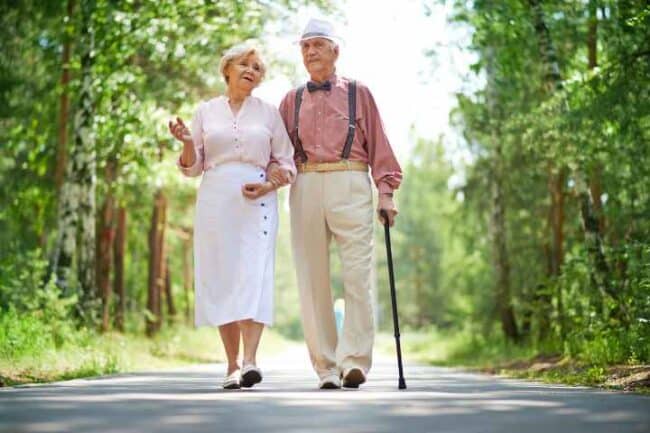
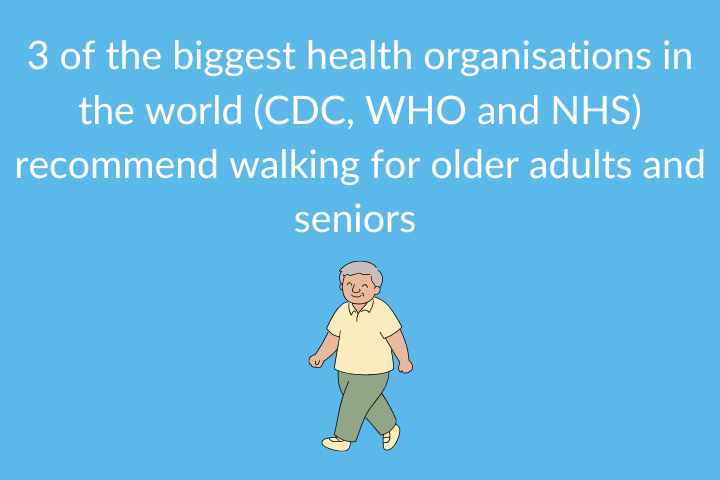
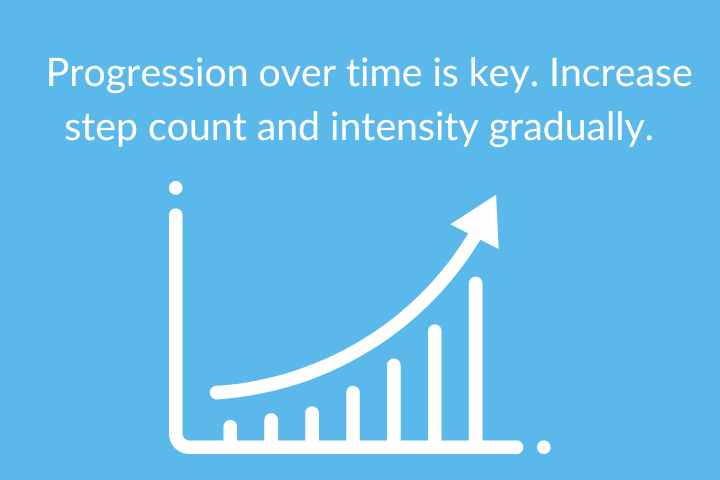
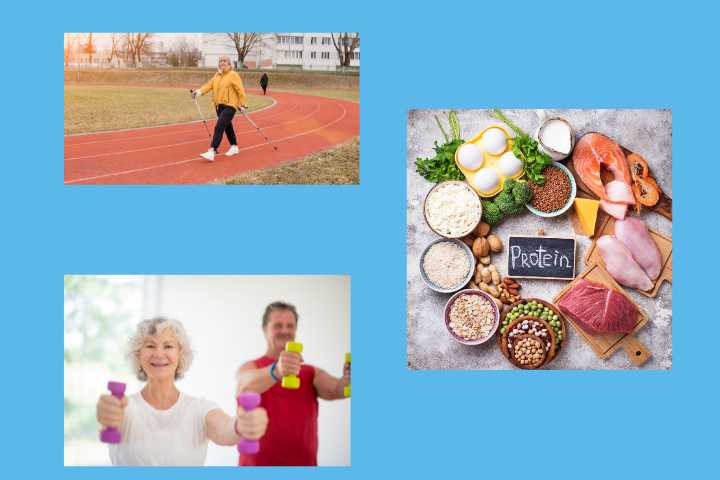
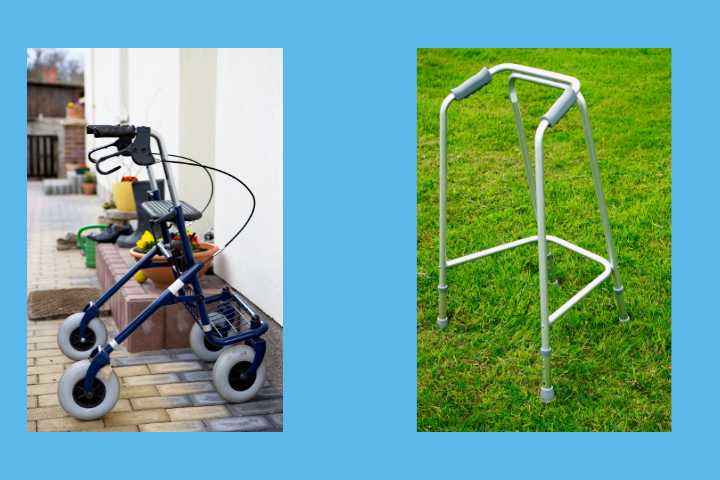
[…] You can read my comprehensive article on the benefits of walking and how you can incorporate into your life by clicking here […]
[…] or swimming to improve endurance and maintain energy levels throughout the game. This article on walking for seniors explains exactly why walking is so important and how to use it to progressively improve your […]
[…] If you've never run before and fancy giving it a go, I would start my simply doing some regular walks and building your fitness from there. The best running shoes for seniors will be exactly the same for walking. I have a great article on walking which you can read here […]